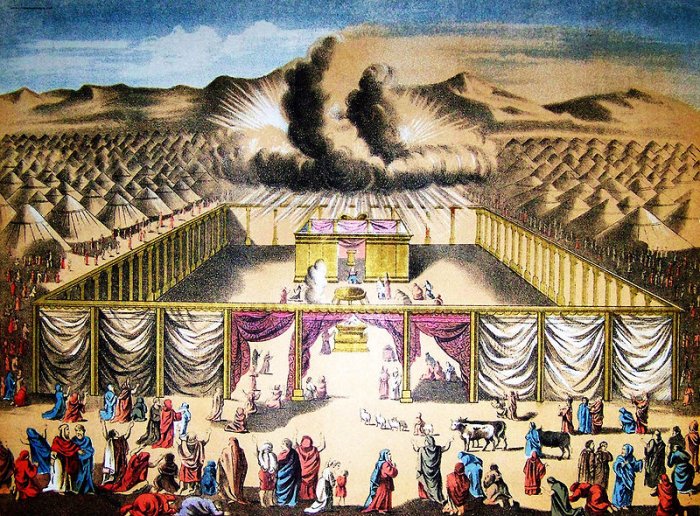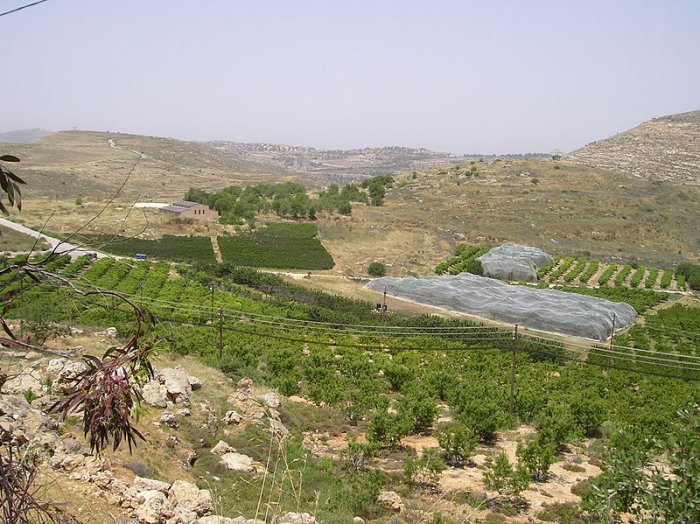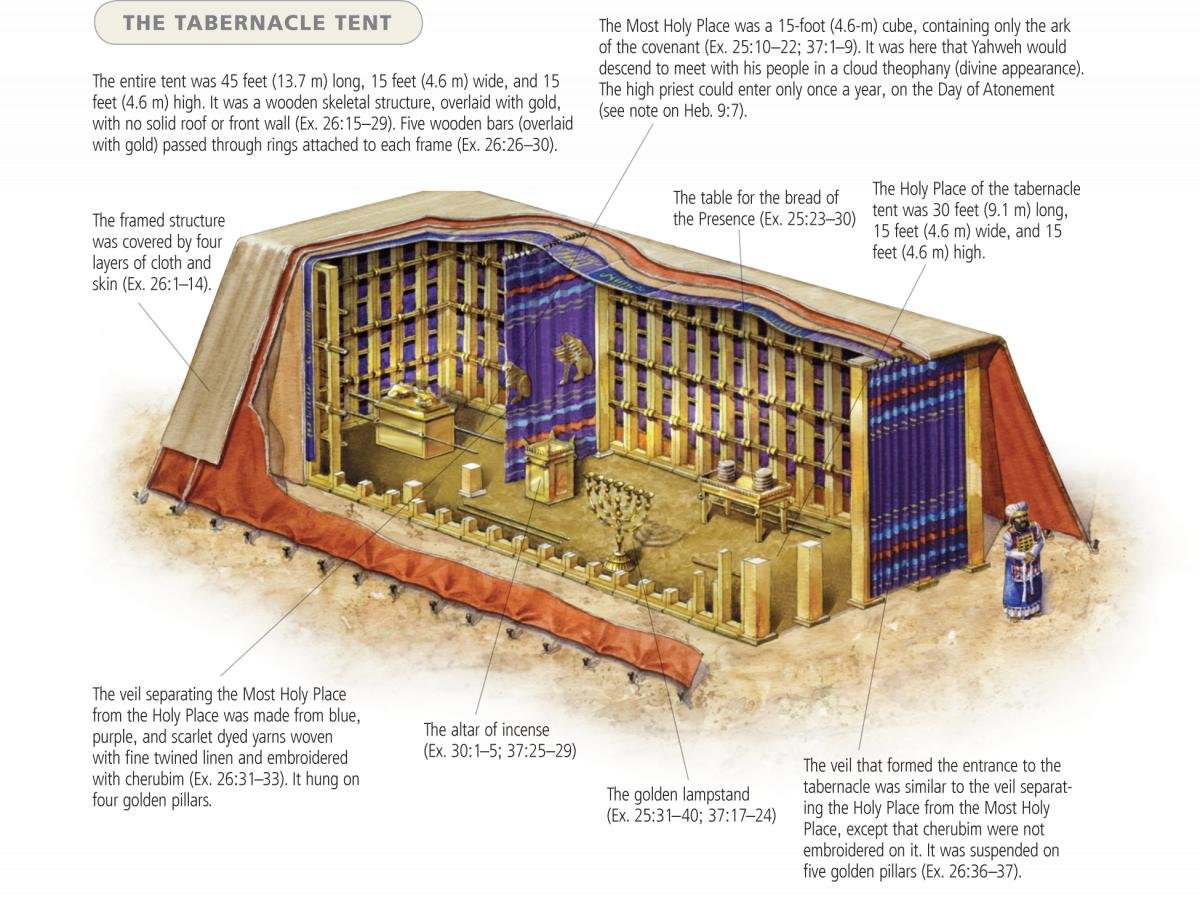Ten Ancient Jugs And Shiloh May Reveal The Location Of The Biblical Tabernacle
David Tee - AncientPages.com - The 10 ancient jugs discovered in the old city of Shiloh’s ancient boundaries have brought the city, the tabernacle and ancient Israel to the public’s eye once again.
Since these jugs pre-date Solomon’s temple, they lead the archaeologists to speculate that they may have uncovered vessels that were once used by the priests of the tabernacle.
The Tabernacle in the Wilderness. Illustration from the 1890 Holman Bible. Credit: Public Domain
But that is not the only discovery that encourage archaeologists to think like that. A little cup known as a Kabaat, a cup used in rituals and religious ceremonies, and a stone altar found years earlier make finding the location of the tabernacle a priority.
Why And How Can Shiloh Shed Light On The Location Of The Biblical Tabernacle?
Shiloh ("place of peace") was an ancient city in Samaria mentioned in the Hebrew Bible. The city itself was established by Joshua. He was the one, after the conquest, who decided that location was going to be his governmental and religious center for the new country. The location Joshua chose was 18 ½ miles from Jerusalem, a city not conquered at the time of the conquest.
Tel Shilo (Khirbet Seilun). Credit: Abraham Sobkowski OFM, Wikipedia, CC BY-SA 3.0
Plus, the area Joshua chose was uninhabited and located on a main north/south road winding its way through the hill country. Unfortunately, the city was not founded on a hill, but lies in the low land vulnerable to the high positions surrounding it.
Joshua 18 has recorded Joshua’s erection of the tabernacle at this site. Once completed, the Ark of the Covenant was placed inside the holy of holies, a room only one priest was allowed to enter. An altar was built in front of the tabernacle, which may be tied to the one found a few years ago.
Searching For The Tabernacle’s Location
For some years now, the Israel Unit of Israel’s Civil Administration and the Shiloh Association have been seeking the southern wall. It may or may not lead to the location of the ancient tabernacle.
One reason for why that may be looking in the wrong place as some archaeologists suggest that the evidence places the tabernacle on the north of the ancient tell just outside of the city on a rock shelf.
They point to the fact that ancient quarrying had been carried out on this rock shelf, possibly to make it ready for the tabernacle. But like the old tent pole holes that have been discovered at the site, the use of the rock shelf may have been done merely to gain rock for construction.
An idea of what the tabernacle could have looked like. Image credit: ingodsimage.com
The tent holes are very difficult to date and could have been used for a variety of buildings and reasons. This is what makes archaeology so difficult. Without ancient written records to clarify a discovery’s use, then holes only can say that they were in use at the time Joshua had the tabernacle constructed.
Shiloh Destroyed
In the 1920s and 30s a Danish excavation team lead by archaeologist Hans Kjaer were able to confirm that the Philistines attacked, destroyed Shiloh and took the ark with them. It is thought that the Philistines destroyed the city because of the words in Jeremiah, (chapter 7, verse 12ff), which described a new city housing the Ark of the Covenant.
Another fact leading to this conclusion is that the Ark was placed in the city of Kiryat Yearim.
What The 10 Jugs Confirm
The discovery of the 10 jugs help confirm the destruction of the city of Shiloh at the hands of the Philistines. The archaeologists think that these jugs are evidence that the residents were unable to bring their personal belongs with them as the Philistines ruined their homes.
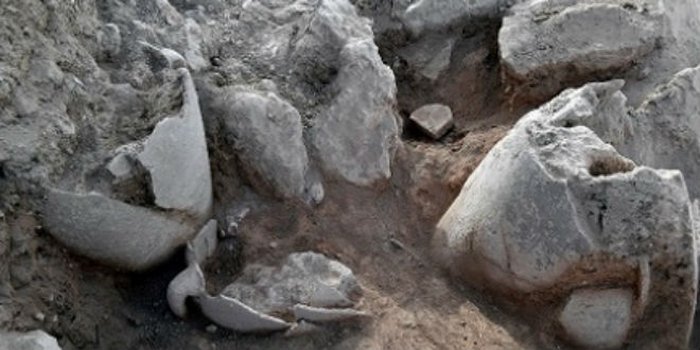
Some of the ancient jugs unearthed at the at the site of the ancient Jewish city Shiloh. (Shiloh Association)
The same is said of the ritual cup found nearby. It is clear from the destruction layer that the people fled with little.
Shiloh Remembered
The 10 jugs do helps us remember that Shiloh played a very important role in the life of the ancient Hebrews. It was the religious center of the country and the people were expected to make a pilgrimage once a year to offer sacrifices for forgiveness of their sin and other Mosaic requirements.
See also:
Biblical Prophet Jeremiah Whose Prophecies Disappointed People
Biblical City Of Gezer: Important Ancient City Mentioned In The Amarna Letters
Gog And Magog Prophecy In The Book Of Revelation
Biblical Jonah Visits Nineveh – The Evil City
The city is also remembered in the book of Judges, (chapter 21, verses 10-21) for being the target of the single Benjaminite men needing wives. The men were instructed to lie in wait in the vineyards and when the virgin women came out to dance, each man was to pick one for themselves.
Written by – David Tee - AncientPages.com Staff Writer
Copyright © AncientPages.com All rights reserved. This material may not be published, broadcast, rewritten or redistributed in whole or part without the express written permission of AncientPages.com
Expand for referencesThe Tabernacle At Shiloh, Bible & Spade, 1989 vol. 2 no. 2, pg. 61
Did the Philistines Destroy the Israelite Sanctuary at Shiloh?—The Archaeological Evidence (1975). BAR, 1(2).
Shiloh in the Days of Joshua (1983). Bible and Spade, 12, 35.
More From Ancient Pages
-
 Pacific God A’a: Fascinating Polynesian Sculpture Designed To Carry A Human Skull And Bones
Archaeology | Apr 9, 2016
Pacific God A’a: Fascinating Polynesian Sculpture Designed To Carry A Human Skull And Bones
Archaeology | Apr 9, 2016 -
 Underwater Rock Carvings Of Ancient Egyptian Pharaohs Discovered Near Aswan
Archaeology | Jul 20, 2024
Underwater Rock Carvings Of Ancient Egyptian Pharaohs Discovered Near Aswan
Archaeology | Jul 20, 2024 -
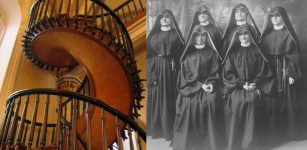 Legend Of The Loretto Chapel Staircase – Unusual Helix-Shaped Spiral Construction
Featured Stories | Nov 1, 2018
Legend Of The Loretto Chapel Staircase – Unusual Helix-Shaped Spiral Construction
Featured Stories | Nov 1, 2018 -
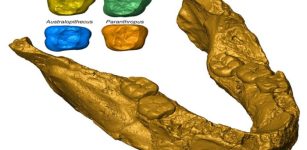 Fossil Tooth Analysis Sheds More Light On Earliest Humans From Southern Africa
Archaeology | Jul 15, 2022
Fossil Tooth Analysis Sheds More Light On Earliest Humans From Southern Africa
Archaeology | Jul 15, 2022 -
 Yasuke – The First Black Samurai Caused A Sensation In Japan
Featured Stories | Oct 25, 2019
Yasuke – The First Black Samurai Caused A Sensation In Japan
Featured Stories | Oct 25, 2019 -
 Mayan Underwater Tunnels With Bones Of Humans, Elephant-Like Creatures, Tigers, Bears, Tigers And Extinct Horses, Rediscovered In Yucatan
Archaeology | Jan 19, 2018
Mayan Underwater Tunnels With Bones Of Humans, Elephant-Like Creatures, Tigers, Bears, Tigers And Extinct Horses, Rediscovered In Yucatan
Archaeology | Jan 19, 2018 -
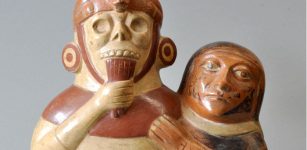 South American Musical Instruments Reflect Population Relationships – Archaeological Records Reveal
Archaeology | Sep 20, 2021
South American Musical Instruments Reflect Population Relationships – Archaeological Records Reveal
Archaeology | Sep 20, 2021 -
 1,500-Year-Old ‘Magical Mirror’ To Protect Against Evil Eye Discovered By A Teenager In Israel
Archaeology | Aug 9, 2023
1,500-Year-Old ‘Magical Mirror’ To Protect Against Evil Eye Discovered By A Teenager In Israel
Archaeology | Aug 9, 2023 -
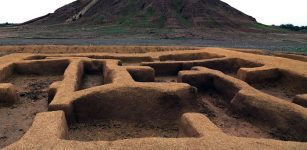 Climate Change May Have Impacted The Rise And Fall Of Middle Eastern Civilizations
Archaeology | Jan 19, 2023
Climate Change May Have Impacted The Rise And Fall Of Middle Eastern Civilizations
Archaeology | Jan 19, 2023 -
 Vindelev Treasure Re-Writes Ancient History – World’s Oldest Runic Inscription Of God Odin Found On Ancient Gold Pendants
Archaeology | Mar 8, 2023
Vindelev Treasure Re-Writes Ancient History – World’s Oldest Runic Inscription Of God Odin Found On Ancient Gold Pendants
Archaeology | Mar 8, 2023 -
 On This Day In History: A Solar Eclipse Occurs, As Predicted By Thales Of Miletus – On May 28, 585 BC
News | May 28, 2016
On This Day In History: A Solar Eclipse Occurs, As Predicted By Thales Of Miletus – On May 28, 585 BC
News | May 28, 2016 -
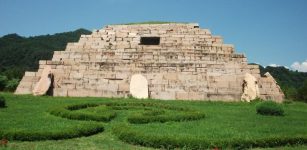 Complex Of Goguryeo Tombs: Beautiful Ancient Wall Paintings Displaying History And Mythology Of North Korea
Civilizations | Oct 19, 2018
Complex Of Goguryeo Tombs: Beautiful Ancient Wall Paintings Displaying History And Mythology Of North Korea
Civilizations | Oct 19, 2018 -
 500-Year-Old Transylvanian Diaries Reveal How The Little Ice Age Transformed Life And Death In The Region
Archaeology | Feb 12, 2025
500-Year-Old Transylvanian Diaries Reveal How The Little Ice Age Transformed Life And Death In The Region
Archaeology | Feb 12, 2025 -
 Who Deceived Mighty Yuku God Of Rain And Thunder In Beliefs Of Yaquis Of Southern Arizona And Sonora, Mexico?
Native American Mythology | Dec 21, 2023
Who Deceived Mighty Yuku God Of Rain And Thunder In Beliefs Of Yaquis Of Southern Arizona And Sonora, Mexico?
Native American Mythology | Dec 21, 2023 -
 On This Day In History: Father Of Nation Mahatma Gandhi Was Born – On Oct 2, 1869
News | Oct 2, 2016
On This Day In History: Father Of Nation Mahatma Gandhi Was Born – On Oct 2, 1869
News | Oct 2, 2016 -
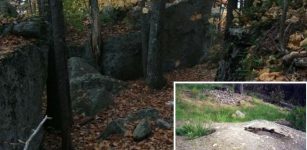 Mysterious Devil’s Footprints In Maine – An Ancient Mystery That Will Never Be Solved
Featured Stories | Jul 9, 2017
Mysterious Devil’s Footprints In Maine – An Ancient Mystery That Will Never Be Solved
Featured Stories | Jul 9, 2017 -
 Large Pre-Columbian Pyramid Discovered Under Highway In Mexico But It Will Not Be Excavated
Archaeology | Dec 16, 2024
Large Pre-Columbian Pyramid Discovered Under Highway In Mexico But It Will Not Be Excavated
Archaeology | Dec 16, 2024 -
 Fall Equinox Explains Unusual Alignment Of Egypt’s Great Pyramids – Engineer Says
Archaeology | Feb 26, 2018
Fall Equinox Explains Unusual Alignment Of Egypt’s Great Pyramids – Engineer Says
Archaeology | Feb 26, 2018 -
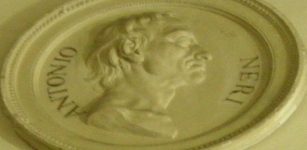 On This Day In History: Antonio Neri Was Born in Florence, Italy – On Feb 29, 1838
On This Day In History | Feb 29, 2020
On This Day In History: Antonio Neri Was Born in Florence, Italy – On Feb 29, 1838
On This Day In History | Feb 29, 2020 -
 Cherokee Gourd Rattles – Protection Against Evil Spirits And Other Danger
Ancient Traditions And Customs | Jun 7, 2019
Cherokee Gourd Rattles – Protection Against Evil Spirits And Other Danger
Ancient Traditions And Customs | Jun 7, 2019

